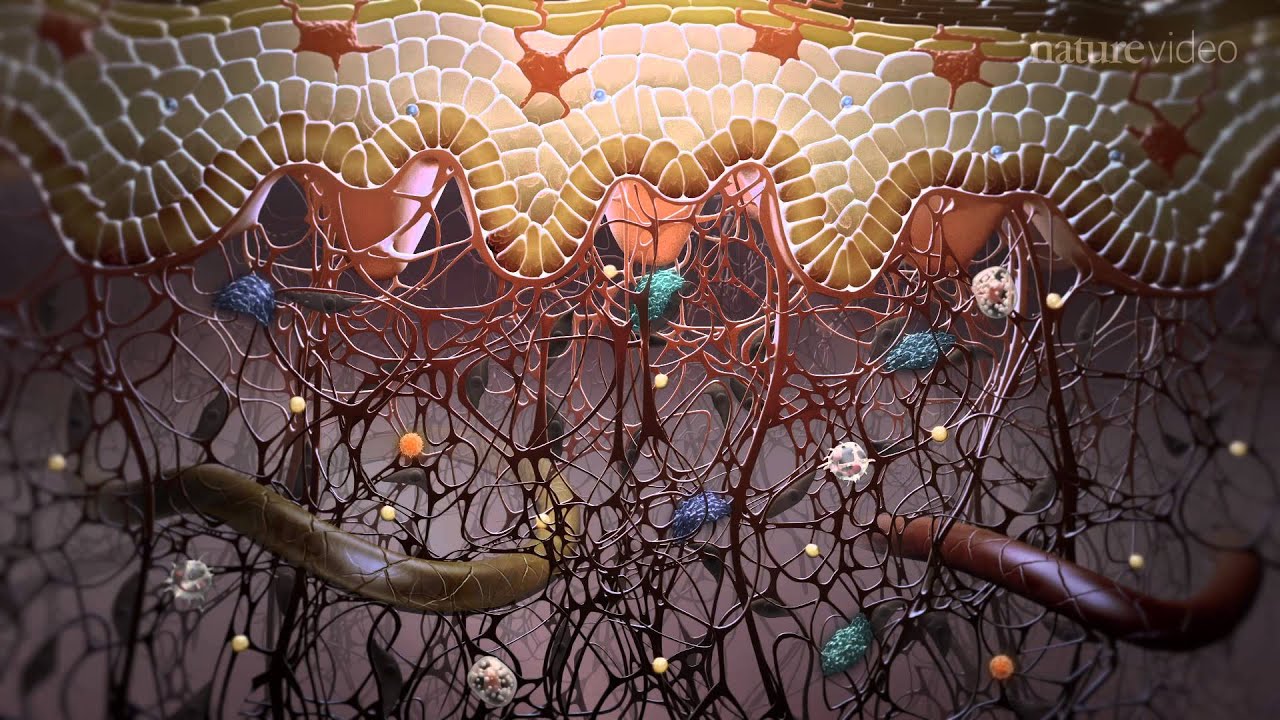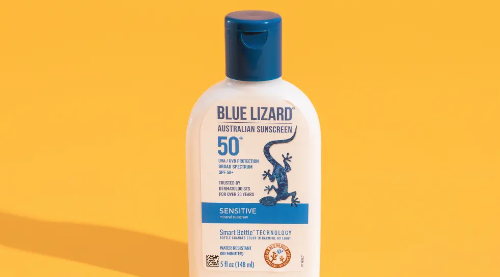I recently chatted with Dr. George Stingl, an esteemed immuno-dermatologist, who shared his profound insights into the immune functions of the skin and the future of dermatological research and treatment. This article aims to capture the essence of the conversation, highlighting key points and the wealth of knowledge imparted by Dr. Stingl.
The Complex Immune Landscape of the Skin
Dr. Stingl shed light on the skin not just as a physical barrier but as a dynamic organ involved in a myriad of protective roles, including chemical, immunological, and microbiological defenses. He stressed that while murine models have been indispensable in immunological research, there are limitations due to ethical and technological constraints. However, advancements such as single-cell RNA sequencing have opened new doors for human studies, allowing researchers to delve into the human tissue with exceptional detail. This shift toward human-based research promises a deeper understanding of disease pathogenesis and paves the way for the development of targeted therapeutic strategies.
The Role of Langerhans Cells and the Drive for Targeted Treatments
Tracing the history and evolution of Langerhans cells, Dr. Stingl discussed their discovery and the gradual realization of their significance in the immune system. Once thought to be nerve cells or dead melanocytes, these cells are now known to be potent stimulators of T cells, playing a crucial role in the body’s immune response. The current understanding is that under normal conditions, Langerhans cells help maintain immune tolerance, but they are also ready to initiate a strong defense when faced with genuine pathogens.
Dr. Stingl’s discussion extended to the importance of specificity in treatment, particularly the move away from broad-spectrum interventions to more precise therapies. He emphasized the future where conditions like pemphigus vulgaris could be treated by targeting specific antibodies, leaving the rest of the immune system intact.
Dermatology’s Challenges: Neutrophilic Diseases and Beyond
Addressing neutrophilic dermatoses, Dr. Stingl called for more research into diseases like hidradenitis suppurativa and pyoderma gangrenosum. He noted that while current treatments rely heavily on corticosteroids and immunosuppressants, there’s a need for more effective therapies that address the underlying immune mechanisms.
Looking to the future, Dr. Stingl encouraged the next generation of dermatologists to maintain a broad range of competencies, including the treatment of infectious, allergic, and autoimmune diseases. He highlighted the need for training competent physician-scientists to keep dermatology from being marginalized and to ensure its place as a critical medical specialty. Dr. Stingl ended the interview with a call to action for dermatologists to embrace both the treatment and understanding of skin health at a molecular level. His vision is for a future where precision medicine becomes the standard of care, leading to innovative approaches and improved patient outcomes.





